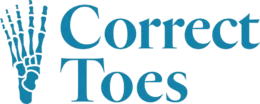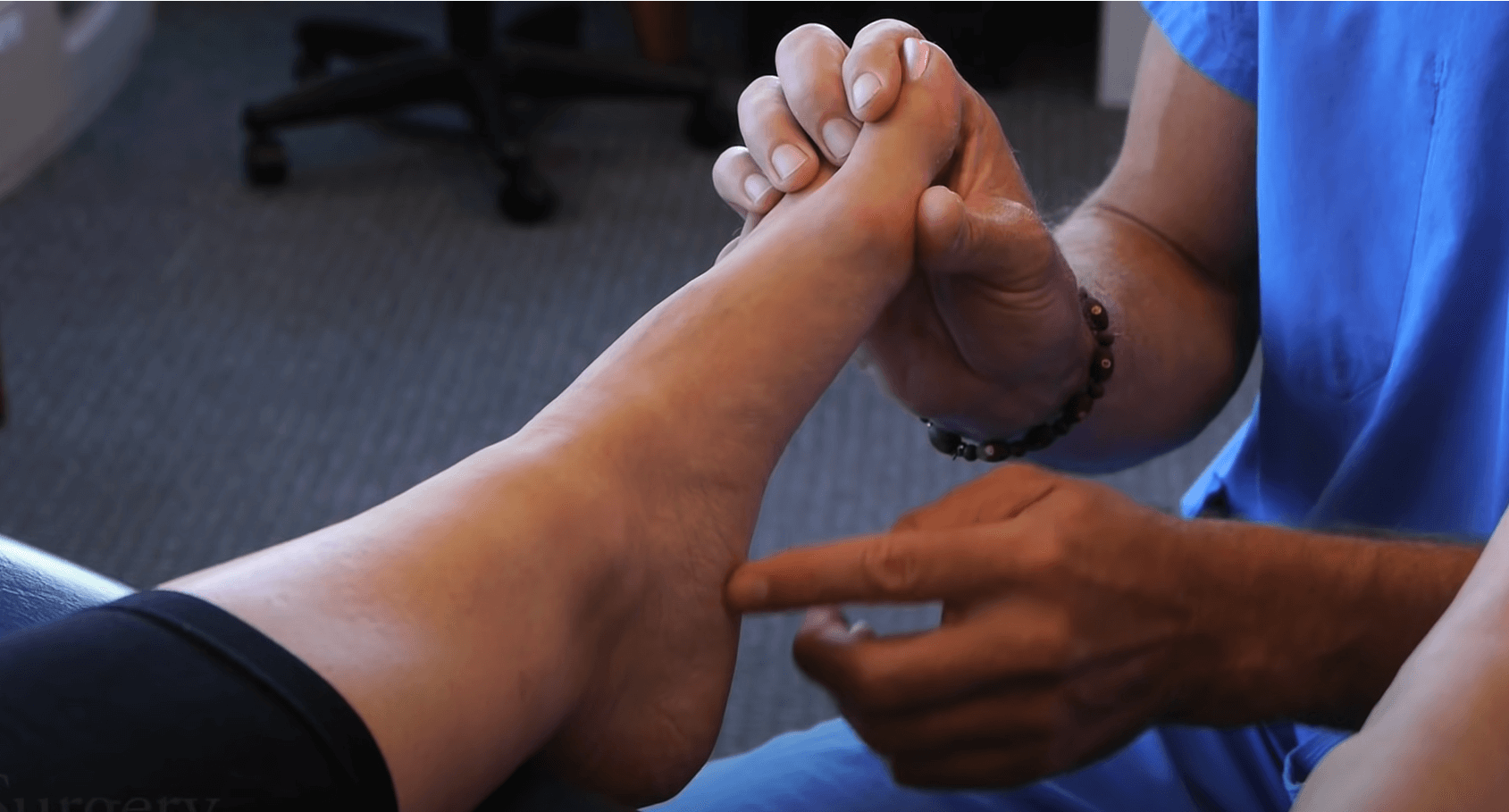Parenting blogs are abundant with advice to create, change, or cultivate the perfect child. Here at Correct Toes, we have a calming message: when it comes to your child’s feet, your child may already be perfect. Infants are born with feet that are structurally sound, flat, mobile and with spread toes. This natural foot is triangular in shape, with the widest part at the ends of the toes. However, the malleable nature of young feet leaves little toes vulnerable to external forces and pressures. In cultures that wear conventionally shaped shoes with a tapered pointed toe, foot development and shape can be hindered. Most footwear options on the market (including some baby shoes) elevate and squeeze the toes. With toes compressed together, the foot subtly changes shape and the ball-of-the-foot becomes the widest part along the metatarsal heads. So, why does this shape matter? And, how do you preserve your child’s natural foot shape and foot health? The following paragraphs explore these questions and more.
In cultures that don’t wear footwear with a conventional tapered toe box or an elevated heel, the natural baby foot lasts until adulthood. See the picture below pulled from Dr. William Rossi, DPM and his worldwide studies of indigenous cultures.

The foot is a complex and intricate structure. Without jumping into details of foot structure, let’s secure three principles of human anatomy first:
1). Our body has a high capacity to learn and adapt. Our skeleton and the surrounding muscles are remarkably malleable, we easily conform to position based off habits and external forces. For example, if you hunch forward or roll your shoulders in regularly, the spine will ‘adapt’ to this position. After years or decades of hunching forward, the curvature of the spine can alter from its original alignment leading to a variety of issues including postural deformity, discomfort, and movement problems.
2). Changes to any structural position impacts muscle force production via Length-To-Tension principles. Muscle position and alignment impacts how much force the muscle can produce. By altering the alignment of toes within footwear, muscle recruitment and ability to generate power is inhibited.
3). Muscles need to move in order to develop. Muscle hypertrophy (or the ability for a muscle to strengthen) occurs only when a muscle is forced to contract. This principle is a crucial part of strength training and development in our early years of life. The more a baby moves, the stronger and more coordinated they become. If feet are allowed to move, foot muscles get stronger and function more optimally.
In short, conventionally constructed footwear influences the shape and alignment of toes. With progressive time, the foot has a high probability of adapting to and maintaining this altered shape, which impacts the function of the muscles of the foot and lower leg. A baby or small child may not experience pain from a shoe possessing a tapered toe box or moderate heel elevation, nonetheless, this position will hinder optimal foot function and dramatically limit muscle development.
So, how do you help your child preserve natural foot shape and integrity?

The Correct Toes website is FULL of useful rehabilitation strategies to restore, align and strengthen feet. But for unaltered, young feet, here are some tips for maintaining your child’s natural foot shape:
1). Purchase naturally shaped footwear. Whether it’s for your infant, toddler, or young child, look for shoes that are widest at the ends of the toes and have a flat “zero drop” profile with a flexible sole that can bend in all directions.
2). Use the Shoe Liner Test. This simple and fast test can help determine if the shoe is the appropriate length and width for your child. Especially for little feet, this is far more effective than sizing shoes by ‘feel’ or by trying to touch the ends of toes by pressing through the upper of the toe-box.
3). Whenever possible, allow your child to walk barefoot. Barefoot activity allows for the foot to interact with the world uninhibited. Barefoot contact with surfaces encourages muscular development, increases proprioceptive feedback, and improves neurological or sensory adaptations. Depending on the age of your child, initial barefoot exposure may begin on safe and clean indoor surfaces. Progressively, barefoot activity can be expanded to outdoor surfaces like smooth paved sidewalks or driveways, and backyard grass, gravel or sand. Exposure to a multitude of surfaces and textures will only increase foot durability, strength, and resilience.
Understanding the benefits of foot health, strength and shape is a great start for preserving the integrity of young feet. However, it’s common to run into barriers when selecting footwear for your child. School dress codes or certain sports can mandate or necessitate certain types of shoes. When looking for footwear that meets criteria for certain activities, check out our Shoe List to find suitable and healthy footwear for your child.
For additional information, be sure to check out www.correcttoes.com.






